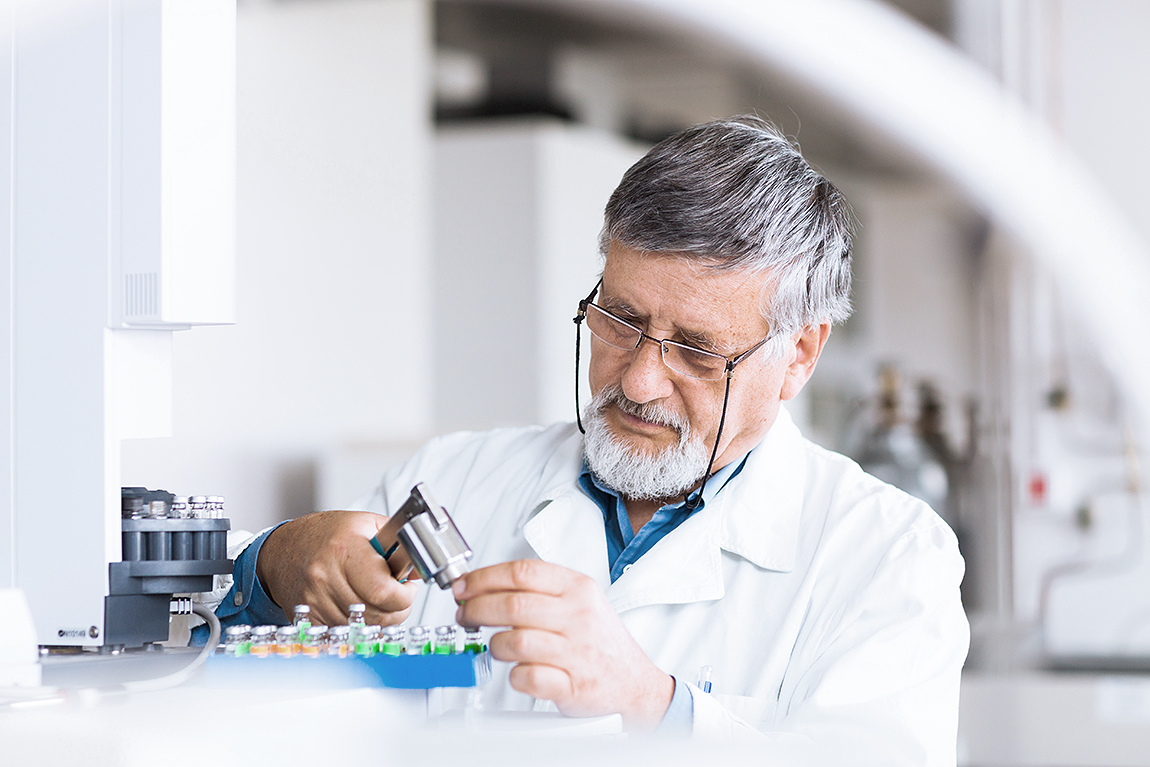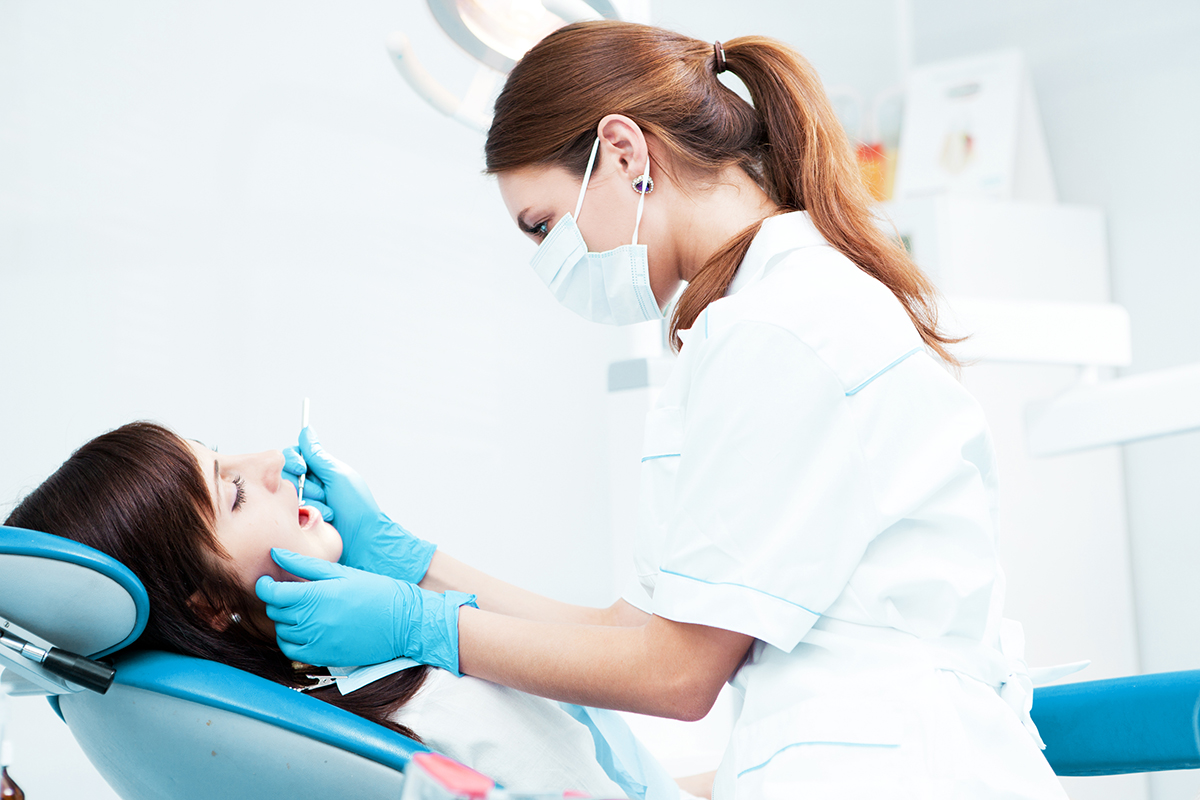Gum Disease
Your dental professional may have mentioned that you have gum disease, also called Periodontal disease What does this means Is it serious? Gum disease means an infection of the gums, bone and other areas that support the teeth.
Gum disease may affect any age group but is more likely to occur in adults.Most people have times in their lives when they do not brush as effectively as usual.
The plaque that may accumulate during these times may lead to infection and inflammation signs of gum disease.The mildest form of gum disease is called gingivitis.
For many people, gingivitis is the most severe consequence of plaque build-up they will experience.
However, some people may develop a more destructive form of gum disease known as periodontitis (also called Pyorrhea). With this form of the disease, irreversible damage may occur to your gums and other areas of support for your teeth.
It is important that your dentist assesses whether gingivitis and/or periodontitis are present in your mouth, and to treat either disease if they are present.
CHECK OUT IF YOU HAVE GUM DISEASE
The more times you check “yes”, the more likely it is that you need professional treatment.
- Are your gums swollen or puffy?
- Do your gums bleed when you floss or brush?
- Do you have bad breath no matter what you eats?
- Are the tips of your gums a colour other than pinks?
- Have your gums pulled back from your teeth?
- Have the spaces between your teeth increased?
- Do some or all of your teeth feel loosed?
- Has the way you bite down changed?
NOT BRUSHING AREAS WHERE THE GUM IS IRRITATED IS THE INCORRECT THING TO DO, AS IT ALLOWS PLAQUE TO FURTHER ACCUMULATE.
WHAT IS THE ROLE OF PLAQUE? WHY IS IT SO IMPORTANT?
PLAQUE:
- Is the major cause of gum disease (gingivitaisn dperiodontitis).
- Is a sticky,c olourlessf ilm of bacteria that builds up on the teeth, particularly at the necks of teeth where they meet the gums. Accumulation may also occur in areas between the teeth that are difficult to clean. Plaque accumulation causes inflammation of the gums, which in turn may become red, swollen and prone to bleeding.
The first signs of inflammation appear for many people when the gums bleed. This may be noticed during tooth brushing or when eating certain foods such as apple. - Bleeding and gum redness may develop slowly and usually with no pain.
- The longert he build-upo f plaqueo ccurs,t he more the gums may become irritated.
- People may become worried when they see this area of bleeding and brush that region less.
- Plaque that remains on and between teeth may eventually.
thicken, harden and calcify to become calculus (or tartar, as it is often called).
- Calculus willtrap plaque and, if not removed, may result in further redness, bleeding and gum tenderness.
Often, along with gum bleeding and redness, you will have bad breath and a bitter taste in your mouth upon waking in the morning. Your gums may also feel “spongy” or “soft” Your dentist is able to remove the plaque and calculus and discuss a professional treatment program with you OTHER ACTORS FOR GUM DISEASE
- Conditions like diabetes
- Smoking
- Aging & Stress
- Hormonal fluctuations & Pregnancy
- Inadequate nutrition
- Certain medications use (e.g. For high BP, Epilepsy, etc.)
WHAT Will HAPPEN IF I TAKE NO NOTICE OF MY BLEEDING GUMS?
IF SHAVE SIGNS OF PERIODONTITIS, WHAT SHOULD I DO?
- Brush away all plaque on and between your teeth and next to the gum line.
- Use a small soft-bristle toothbrush.
- Use dental floss to clean difficult-to-reach areas.
- Other interdental aids such as plaque toothpicks and inter dental brushes may be useful
- Use mouthrinses to help “loosen” plaque adhering to teeth.
- Regular dental visits will enable your Dentist to inform you of any treatment that is required.
- Problem areas with brushing and flossing may also be discussed and in some cases alternative cleaning aids suggested.
WHICH ARE NON- SURGICAL TREATMENT OPTIONS ?
- Scaling and Root Planing Scaling: This is a type of cleaning. It removes plaque and tartar from the teeth and below the gum line.
Root planing: The Dentist smoothens the root surfaces so that supportive tissues can reattach to the tooth surface. Local anesthesia may be used, as this procedure goes deeper than regular cleaning. Your Dentist may remove a small amount of infected gum tissue with a procedure called soft tissue curettage. - Antibiotics and Anti inflammatory have limited role in treating Gum Disease – gives only symptomatic relief.
- Bite Correction, Reshaping or Reconturing your teeth to minimize stress on them.
- Sprinting using adjacent strong teeth to support the weak or mobile teeth.
- Local Drug Delivery – A relatively recent innovation where some medications are placed directly in the gum pockets.
WHICH ARE SURGICAL OPTIONS?
PREVENTION
Just professionalt reatmenti s not a cure for gum disease; it needs your dedication. Follow these simple tips as part of a self care programme:
- Brush your teeth twice a day.
- Floss regularly to remove plaque from between teeth.
- Rinse your mouth thoroughly after each meal.
- Replace your brush every 3 to 4 months.

